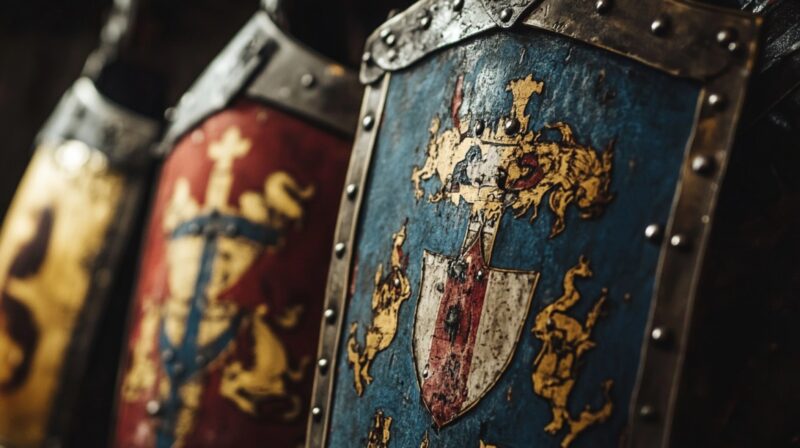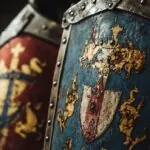Heraldry refers to the system by which coats of arms and other armorial bearings are devised, described, and regulated.
Emerging in the 12th century during the time of the Crusades, heraldry quickly became an essential aspect of medieval life.
Knights and nobles used heraldic symbols not just for decoration, but as a vital form of identification in battle.
It played a crucial role in shaping identity and signaling loyalty during times of war and peace alike.
Heraldry as a Tool for Battlefield Identification
Medieval warfare was often disorderly, loud, and clouded with smoke and dust, making it nearly impossible for combatants to distinguish between friend and foe.
With soldiers wearing similar armor and helmets, confusion could quickly lead to deadly mistakes. Heraldry emerged as a practical response to that chaos.
Emblems were not just decorative, they were life-saving. Displayed prominently, they offered an immediate cue to others on the field, reducing incidents of friendly fire.
Knights and foot soldiers alike were trained to look for specific symbols to identify allies, commanders, or units in the heat of combat.
Commanders also used heraldic standards as mobile rallying points, establishing visual anchors for their troops. When formations broke, soldiers could regroup by spotting the familiar arms of their lord or commander.
Coordination on a crowded battlefield depended on such cues. Certain elements made heraldic symbols especially effective in war.
- Strong visual contrast helped symbols remain visible in low light or at great distances.
- Clean lines and straightforward shapes ensure clarity and quick recognition.
- Shields and banners were customized to suit the heraldic device, maximizing visual impact.
- Coats of arms reflected family heritage or feudal allegiance, reinforcing personal and group identity.
- Painted shields and embroidered surcoats had to withstand battle damage while remaining legible.
Troops often viewed heraldic symbols with pride, rallying not just around a person but around what that person represented:
- Valor
- Loyalty
- Legacy
Symbolism and Design of Heraldic Devices
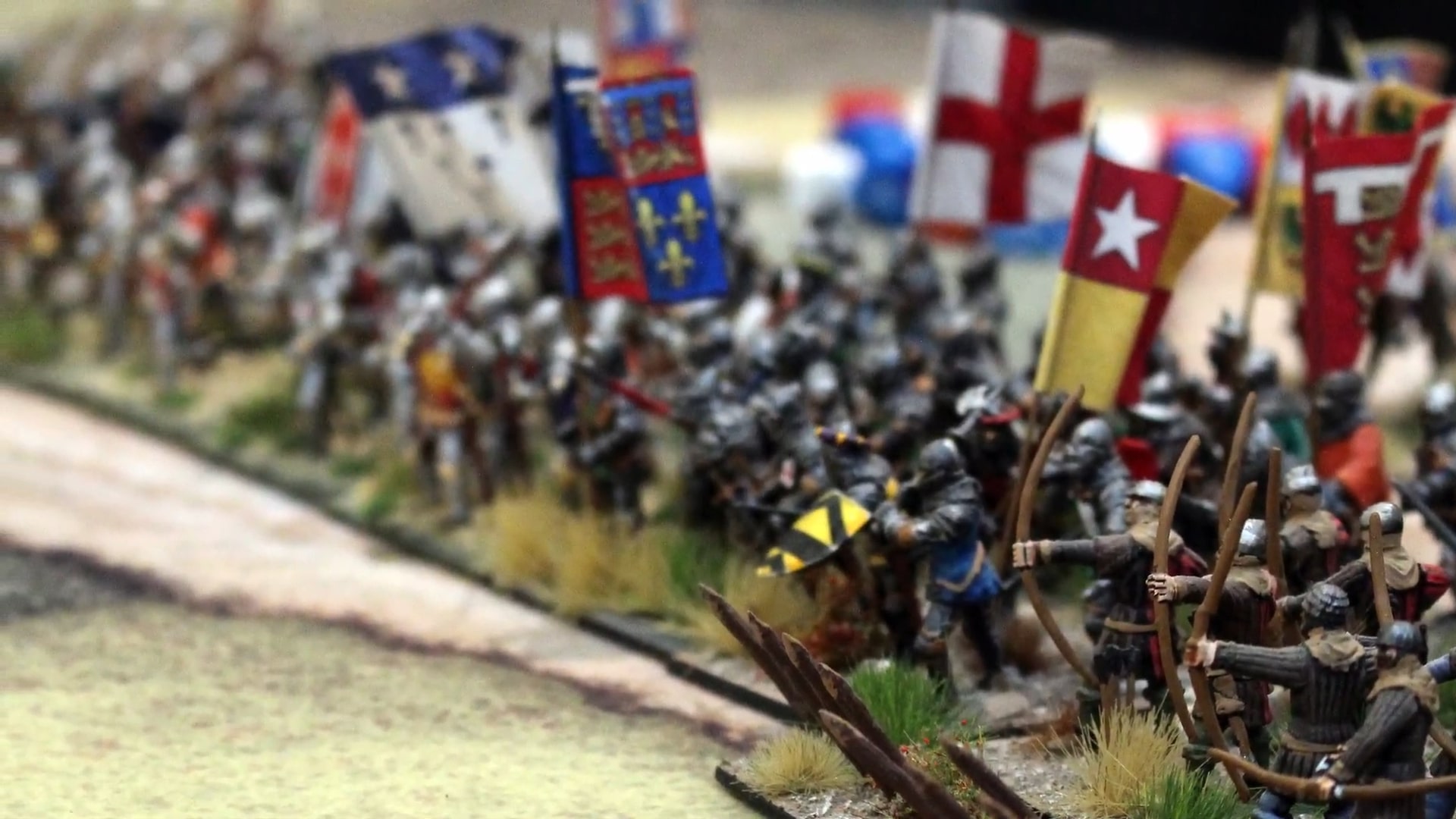
Heraldic devices were not simply decorative. Every symbol, color, and design choice served a specific function, projecting:
- Identity
- Values
- Allegiances
Nobles used these elements to communicate messages without speaking a word. Symbols became visual shorthand for personal virtues, family pride, and regional affiliations.
Animal imagery took center stage in many designs. These creatures were carefully selected for their behavioral traits, offering insight into the qualities admired or claimed by the bearer.
- Lions signified courage, strength, and fearless leadership
- Eagles suggested nobility, high ambition, and domination over rivals
- Boars reflected ferocity in battle, determination, and endurance
- Wolves stood for strategic thinking, loyalty to kin, and night vigilance
- Stags indicated peace, harmony, and a connection to nature
- Dragons embodied power, guardianship, and ancient ancestry
Colors were equally deliberate, chosen to express ideals and moral codes. Known as tinctures, these hues held consistent meanings across heraldic traditions.
- Red (Gules): Valor, bloodshed in battle, and a willingness to sacrifice
- Blue (Azure): Loyalty, calm authority, and steadfastness
- Green (Vert): Hope, fertility, and civic virtue
- Gold (Or): Wealth, divine light, and elevated status
- Silver or White (Argent): Peace, purity, and honor
- Black (Sable): Resolve, constancy, and sometimes mourning
Mottos were frequently added to banners or scrolls beneath the shield. These short phrases acted as declarations of purpose or reminders of ancestral values.
Many were written in Latin or French, giving them an air of authority and timelessness. Some warned enemies. Others encouraged allies.
The Role of Heralds in Warfare
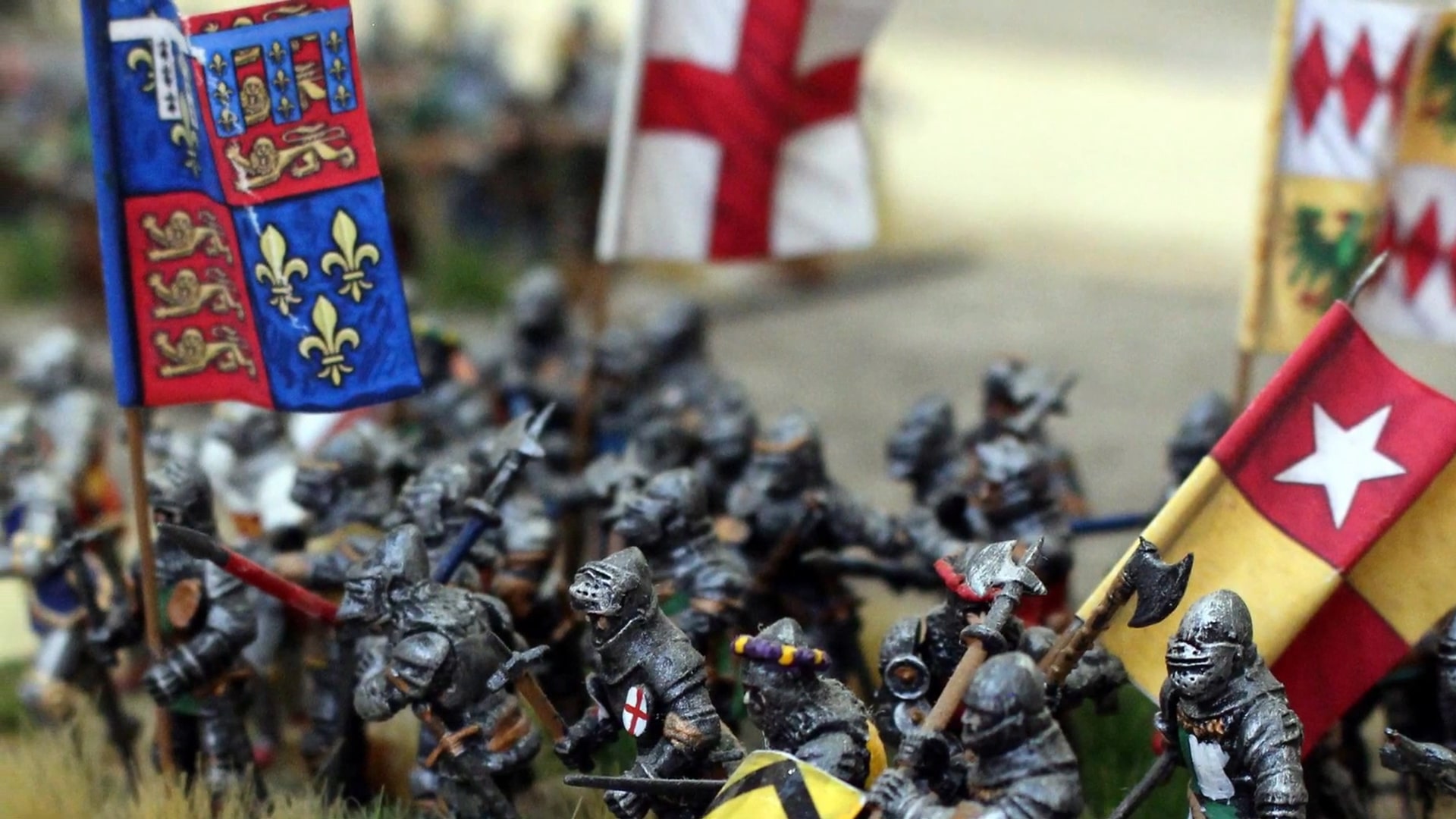
Heralds played highly respected and multifaceted roles in medieval warfare. Far more than simple messengers, they operated at the intersection of:
- Artistry
- Diplomacy
- Regulation
Their expertise in heraldic law and symbolism gave them authority not only on the battlefield but also in royal courts and noble households.
Heralds were charged with the creation and authentication of coats of arms. Accuracy was crucial. A mistaken symbol could lead to accusations of fraud or usurpation of status. Every line, color, and emblem had to match the established lineage.
To preserve the integrity of heraldic tradition, heralds followed a strict code of rules and protocols.
- Designing and recording coats of arms with precise symbolism, often tailored to reflect personal achievements or family legacy.
- Preventing duplication and misuse of heraldic devices by monitoring armorial rights and resolving disputes.
- Maintaining rolls of arms and genealogical records, ensuring that heraldry accurately reflected noble bloodlines.
- Overseeing ceremonial functions during tournaments, where they verified eligibility and documented honors.
On the battlefield, heralds took on duties that required both neutrality and courage.
Heraldry and Social Hierarchy in the Military
The Institute Of Heraldry (TIOH) updated its chart of military awards and
their order of precedence to include the Inherent
Resolve Campaign Medal
TIOH can respond to official inquiries via email at usarmy.belvoir.hqda.mbx.
tioh-webmaster@mail.mil or phone at (703) 806-0055 pic.twitter.com/TkHl54rneg— CMH (@USArmyCMH) April 3, 2018
Coats of arms served as more than decoration; they marked rank, privilege, and ancestry. Their presence on armor, banners, and seals was a public declaration of noble heritage.
Symbolism functioned as a visual language in medieval society. In battle and in court, heraldic devices signaled command and lineage.
Recognition of these symbols helped enforce authority and maintain order among troops. For many, allegiance to a coat of arms was as binding as any written oath.
Feudalism relied on rigid social hierarchies. Heraldry reinforced this framework by assigning exclusive rights to symbols and affirming the status of those who bore them.
Knights and men-at-arms rallied under these emblems, seeing them as symbols of loyalty, duty, and feudal obligation.
- Noble arms were reserved for aristocracy and royalty, clearly separating high-born commanders from lower-ranked soldiers.
- Guilds and cities used heraldry functionally, reflecting their roles in society without claiming noble ancestry.
- Symbols maintained military cohesion, reminding troops of their allegiance to lords and kings.
- Heraldry reflected the chivalric code, reinforcing ideals like honor, loyalty, and service.
Tactical and Psychological Impact of Heraldry
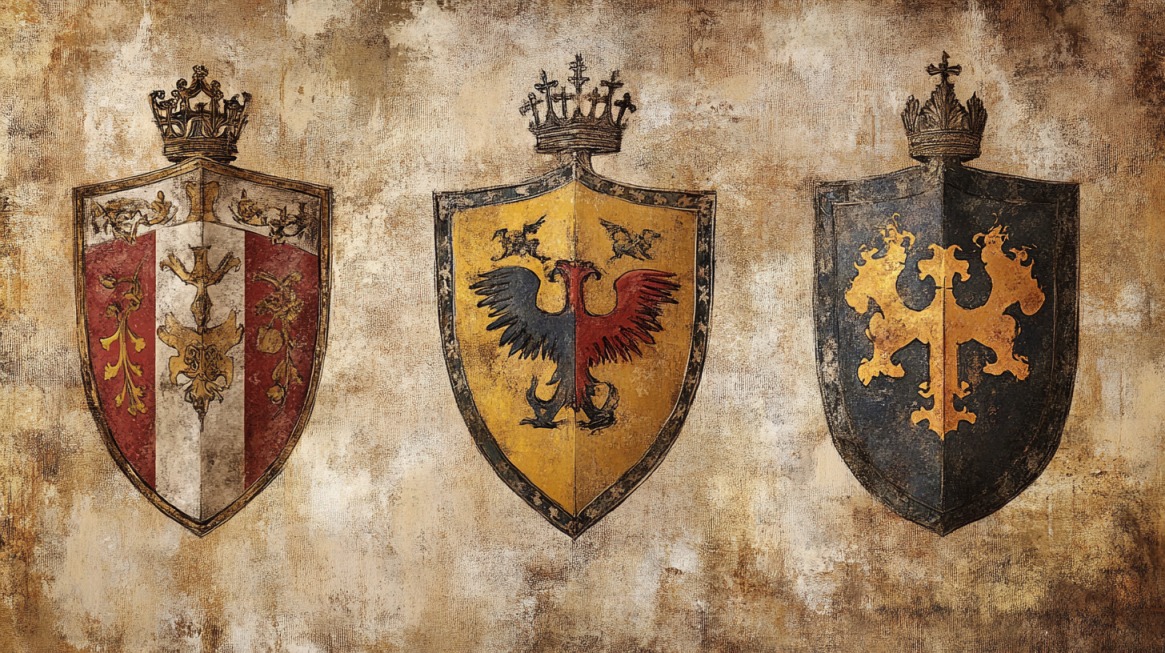
Symbols wielded strategic power in medieval warfare. A banner bearing a feared or celebrated coat of arms could send a wave of anxiety through opposing forces.
Those familiar with the reputation of a house, earned through battle or political influence, understood the threat that symbol represented.
On the battlefield, heraldry served as a psychological weapon. It provided a focal point for troops and struck unease into enemies who recognized the mark of an experienced war leader or a lineage known for ferocity.
Troops found reassurance in those same symbols. Familiar colors and devices raised above the chaos served as a rallying point and a source of courage.
Knowing that a commander was present and accounted for could tip the emotional balance in favor of perseverance and aggression.
- Enemy forces often associated specific arms with defeat or brutality, triggering intimidation or hesitation.
- Allied troops rallied to recognizable banners, drawing strength from familiarity and leadership.
- Heraldic tradition fostered a sense of legacy, encouraging future generations to live up to the martial excellence of their ancestors.
- Symbols contributed to unit cohesion, as shared visual identity promoted solidarity under pressure.
Heraldry did more than decorate; it organized, motivated, and shaped the experience of medieval warfare.
Summary
Heraldry served practical and symbolic functions in medieval warfare.
It ensured identification in the chaos of battle, inspired morale, reinforced social order, and preserved a noble legacy.
Its influence persists today in modern coats of arms, national flags, and institutional emblems, proof of its lasting historical relevance.

